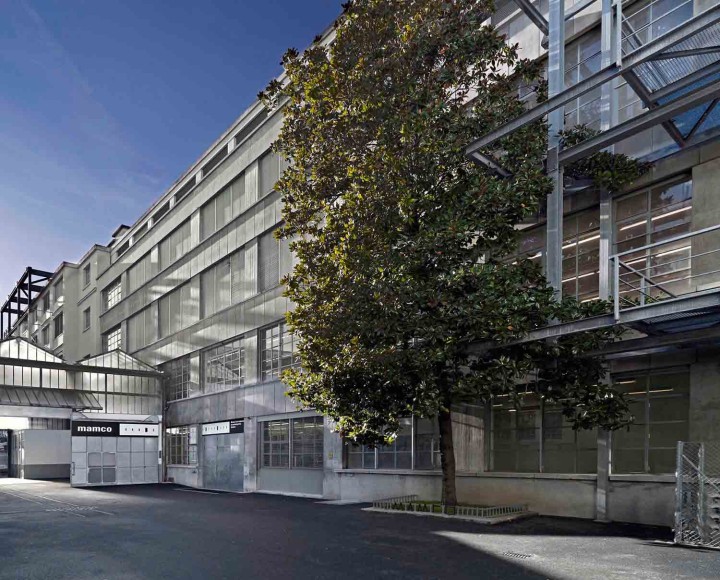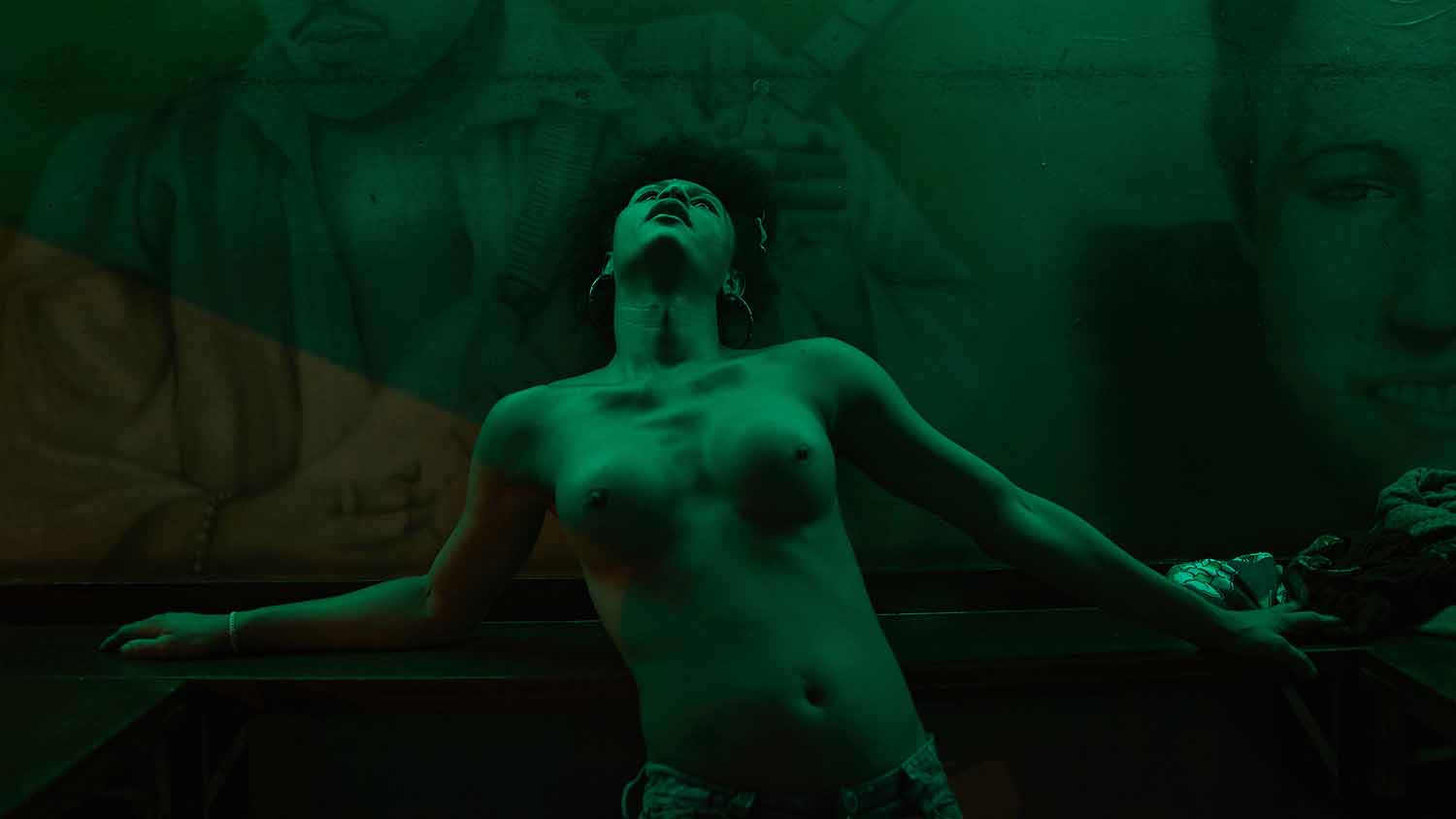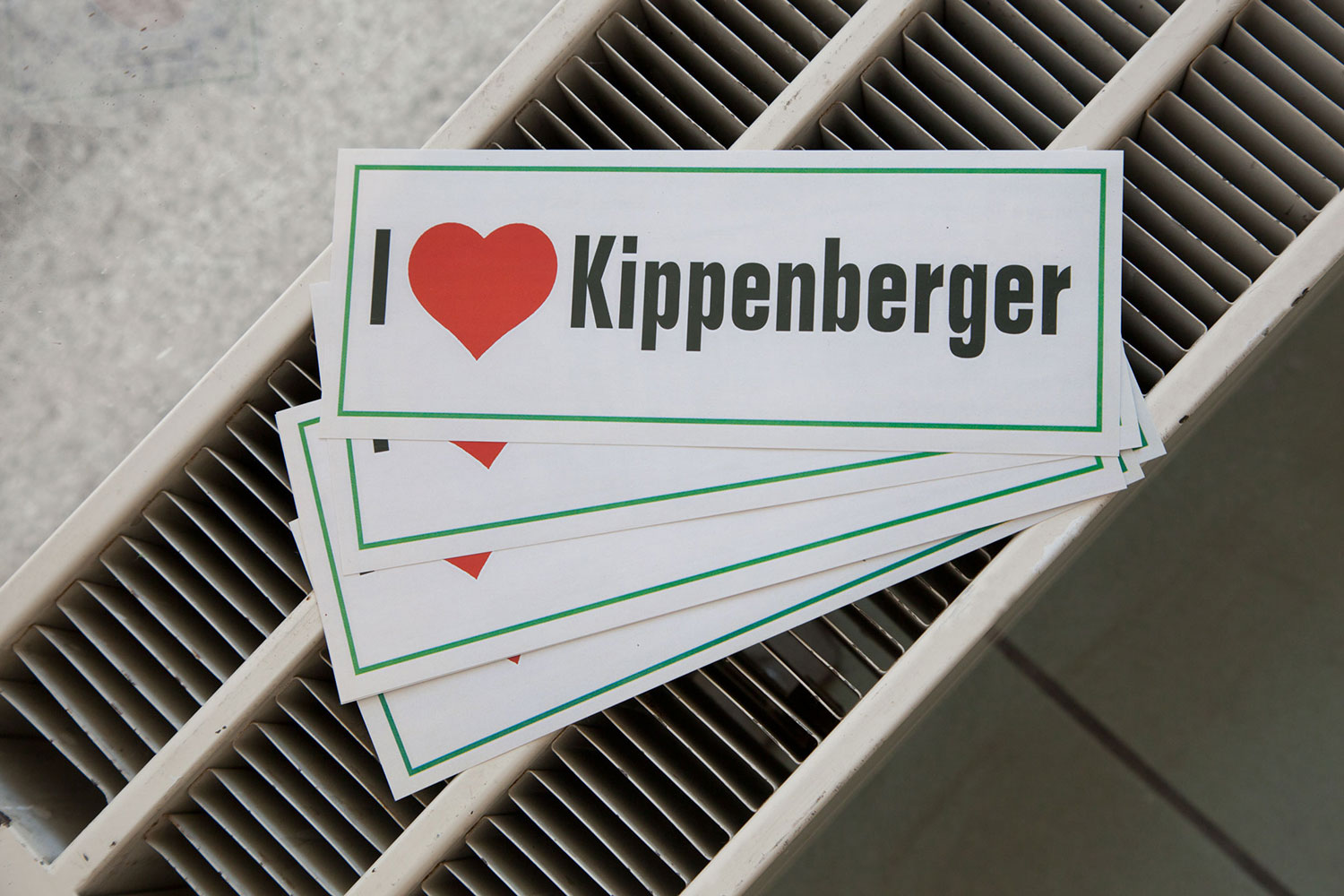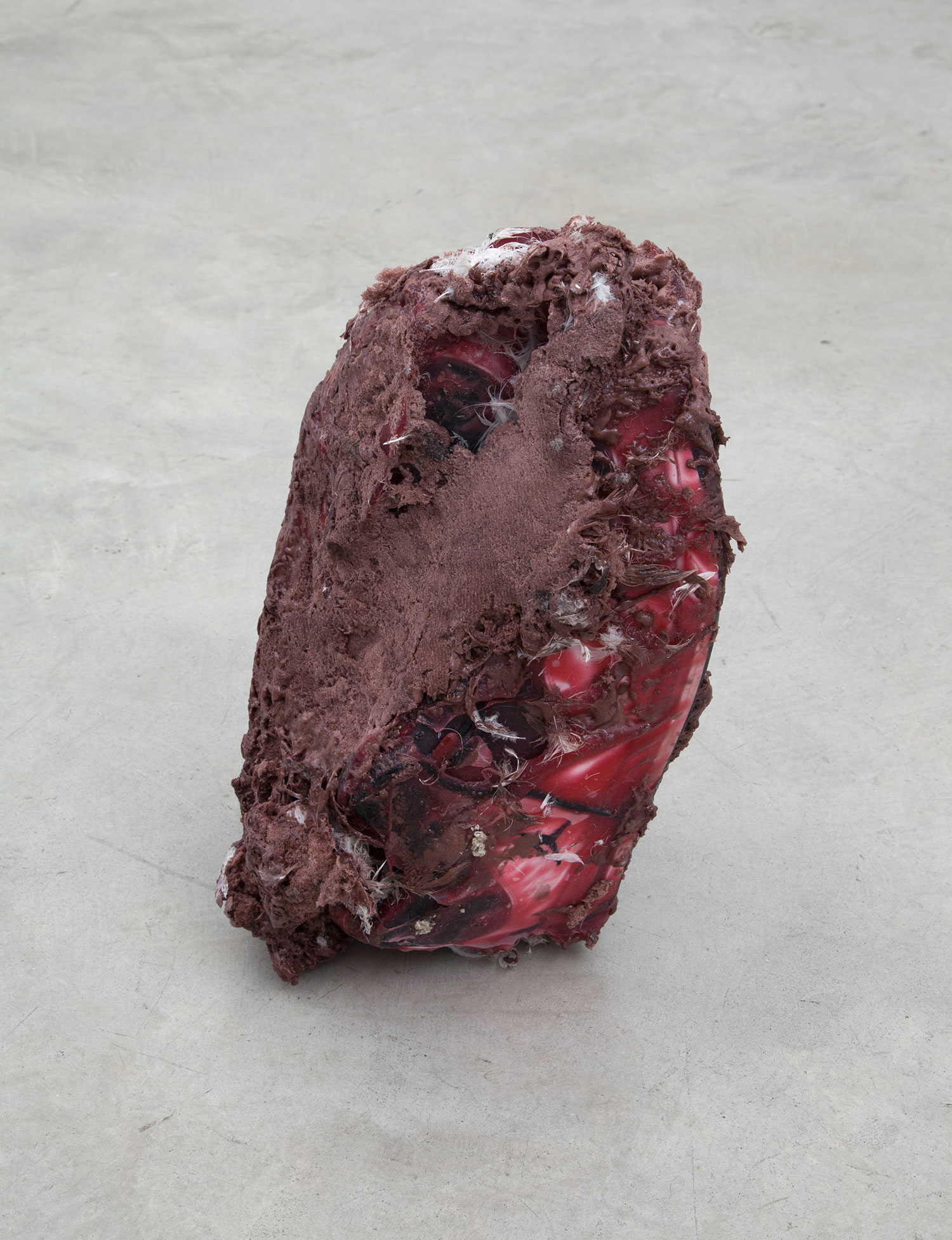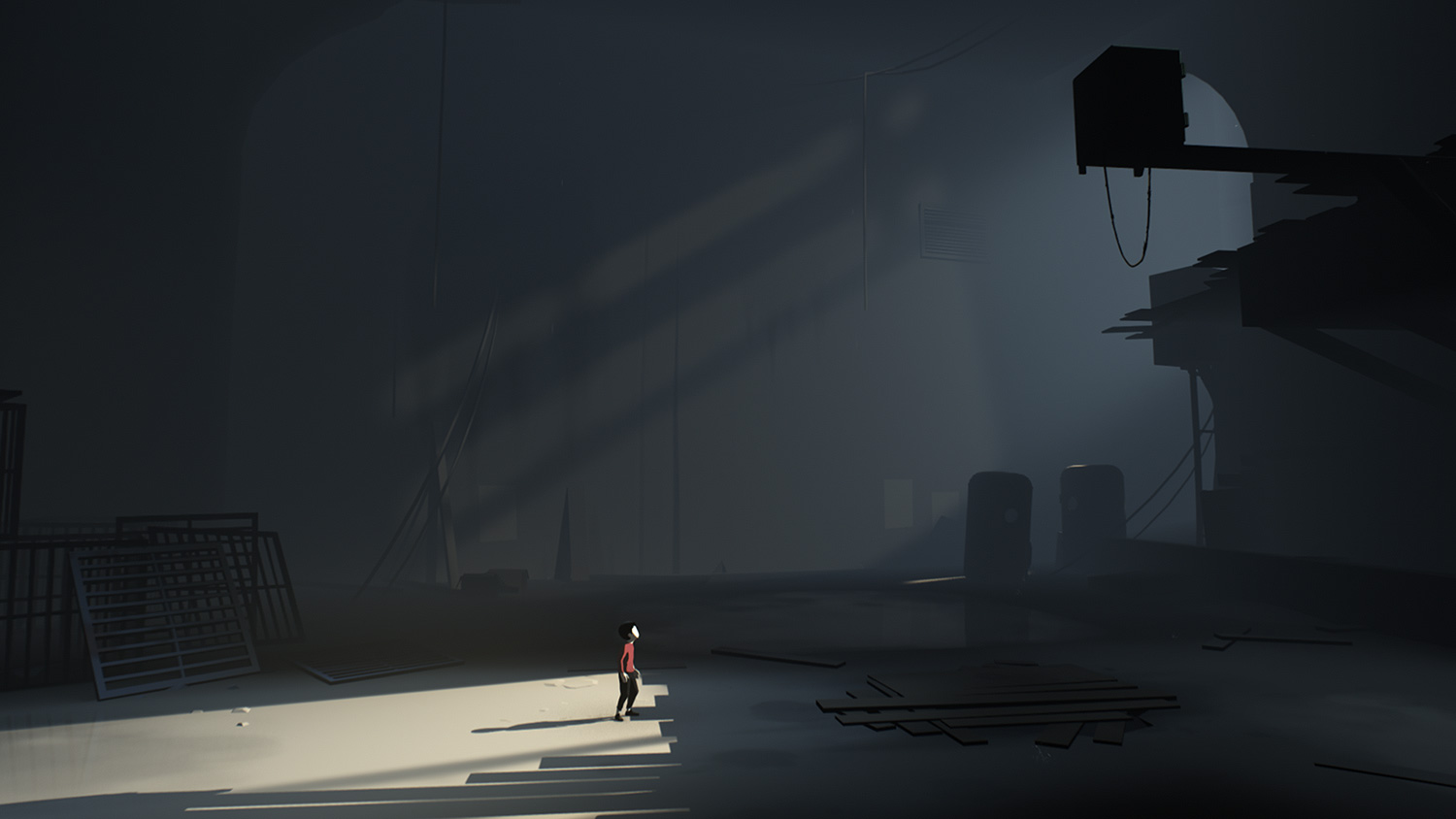Last January, Lionel Bovier took the helm of Geneva’s MAMCO, Musée d’art moderne et contemporain, leaving behind JRP Ringier, the Zurich-based art-publishing house that he founded and directed to international prominence over the last decade. Flash Art caught up with Bovier to hear his thoughts on the Swiss art world and his plans for MAMCO.
You’re returning to Geneva after spending many years in Zurich. Does a Swiss dynamic inform your work? Within an international art world, is the notion of a “French vs. German” speaking Switzerland still relevant?
In the 1970s and 1980s, Basel, Geneva, Bern and Lucerne were as important for contemporary art as Zurich. In the 1990s, the scene concentrated on Zurich, with Basel as its main competitor, but the 1994 opening of MAMCO in Geneva; the rise of ECAL, the Lausanne art school since 1996; and the programming of other Swiss institutions, in St. Gallen and Winterthur for instance, maintained a certain balance. While in other countries we have witnessed the unstoppable rise of a unique cultural capital and the corresponding provincialization of other cities, Switzerland remains a periphery without a center. Even if it might seem a bit old-fashioned today during this age of globalization, the Swiss dynamic between the French and German speaking regions is still relevant. I believe it’s one of the idiosyncratic elements of our country that gives it its strength and singularity.
How do you plan to involve the Geneva area in an international program similar to the one you worked on at JRP Ringier?
What I want to do at MAMCO is to offer an art-historically grounded narrative of the last five decades, using the collection as both a starting point and a result. Within this narrative, monographic and polygraphic ensembles will appear and reconfigure the experience of the museum, artists will be given focused or retrospective exhibitions, and articulations will be provided to put in perspective movements, theoretical concepts and critical tags. The local will thus be confronted with the international, there will be no medium restrictions, and I promise that you will not see only the same artists and types of works at MAMCO as in many new museums worldwide.

